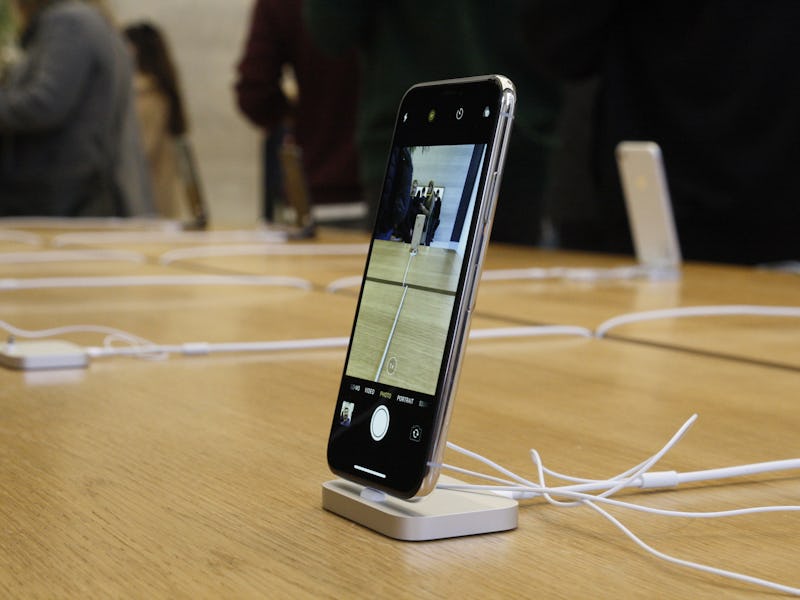Why the 2018 iPhone's Price Could Buck the Industry Trends
Apple may move against expectations.

Apple could raise the price of its next flagship iPhone even higher — despite the fact that the $999 iPhone X that launched in November 2017 has seen lackluster sales. While most companies tend to lower prices on products when sales are lower, a report revealed Friday how Apple could go in the opposite direction.
The report from UBS bank (reported by Business Insider), written by analysts Steven Milunovich and Benjamin Wilson, explains how Apple could introduce a $1,100 iPhone this fall as part of its three-pronged strategy. This is despite the fact that CEO Tim Cook revealed in the company’s most recent earnings call that iPhone sales are down one percent. The analysts explain that once Apple has set a price expectation “it typically keeps it, consistent with what we’ve heard from former Apple employees.” That means although KGI Securities analyst Ming-Chi Kuo advised in January the company might ditch its most-expensive phone, the company may not drop the price point now the expectation is set. In the current lineup, the $699 iPhone 8 offers many of the X’s features like an upgraded processor at a much lower price:
The red iPhone 8 Plus.
Apple’s strategy, according to UBS, is to gradually cascade high-end features like camera down the price curve, push premium customers higher as time goes on and introduce higher prices for newer features. Because of this, while the company could offer a $1,100 premium iPhone, the analysts also suspect the price of the $349 iPhone SE could drop as low as $300. Apple’s phone lineup would cover a staggering range of prices with $800 between the lowest and highest.
Apple does get its pricing wrong sometimes, but it’s normally corrected faster. The original iPhone launched in July 2007 at $499 for the 4GB model $599 for the 8GB model, but just three months later it consolidated the lineup into a single 8GB model retailing at $499, giving $100 store credit to those early adopters.
It’s unclear how Apple’s next lineup will be structured, but rumors suggest the company will offer three new phones, similar to its 2017 strategy: a 6.5-inch and 5.8-inch device that uses the same edge-to-edge OLED screen as the iPhone X, and a cheaper model that uses LCD.
Whether it will attract the same die-hard iPhone fans lining up at 8 a.m. remains to be seen.